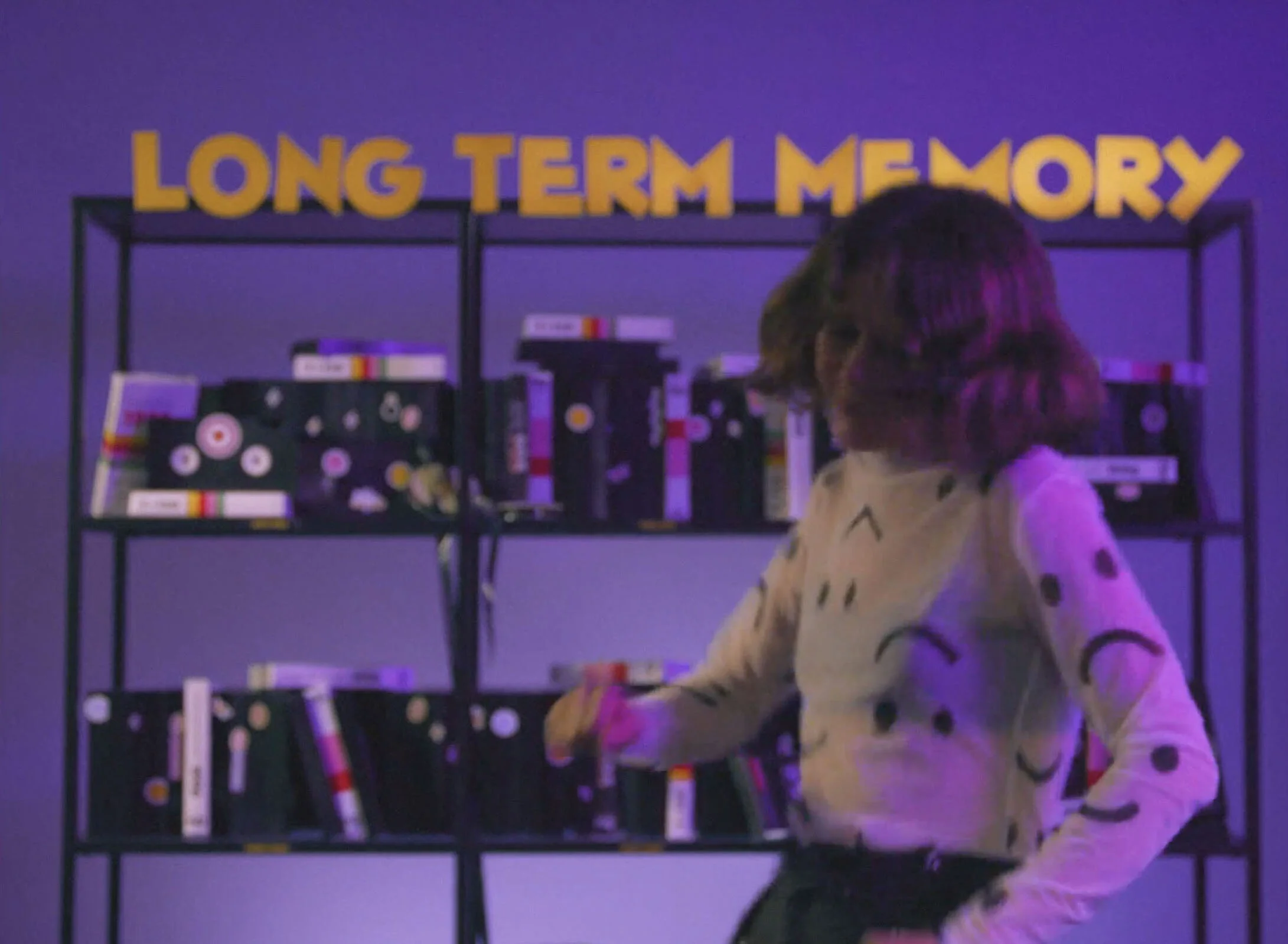Shenkar’s Top 5 Graduate Projects of 2020
Shenkar College of Engineering and Design has established itself as Israel’s leading college for the arts, with a long list of successful graduates throughout the years. However, this year didn’t fit their reputation. The design department's graduation exhibition was poorly curated, The installation lessened some of the better works and complimented the weaker ones. Therefore, we selected projects that transcended all the obstacles.
gggaaallleeerrryyy’s team always aims to present creatives that see beyond their medium and field. Here are our picks of the best projects from Shenkar College of Engineering and Design.
About Grid, Netta Getta, Textile Design
‘About Grid’ is a series of experimental fabric group, based on grid design, which connects the worlds of construction and weaving. The grid is a basic concept in design, connecting different structures as well as means of formulating a design language. A grid-based building design project, they are like the new architectural structure as a textile structure, embodying an idea, design, and action. The link between the concrete tiles and the strips of fabric, called for the security of relationships between building and textiles, between materials and their properties, between solid and flexible, movement and statics, geometry, color, and position in the pan.
Vanishing Act, Ori Shifrin Anavi, Industrial Design
The project seeks to examine design and creative processes through the use of craft and performance. It documents them as tools for material, visual and conceptual expression of the process, it's coming into being, and the starting and ending points, if any. The project introduces a series of three installations alongside the exploration of their performance, supporting documentation, investigation, and presentation thereof. As a result, the project invites and even requires a reexamination of the basic principles of design, creativity, and thought processes.
The Real Version, Michal Wiesel, Visual Communication
The human memory is dynamic and constantly changing, formed and erased, visible and hidden. People have always tried to define the ability of memory, which determines our identity and makes us who we are. Despite popular belief, our memory is not a recording device. Memories don't exist as files in our brains but as the latest version updates. With each recollection - emotion arises, although the event isn't happening in reality. But what actually happens every time we recall something? This video gives a new visual interpretation of how we experience memories. Based on facts taken from various studies, this video presents the dissonance that exists between reality and memory storage in our heads. My goal is to examine the relationship between us and our memories and ask: How does a memory system actually work?
Aesthetically correct, Naama Mashiach, Textile Design
Textile sheets, consisting of tiles made of newsprint, attached in mixed techniques. The project explores the society's attitude towards newspapers and the aesthetic perception of verbal content. Beyond a political tool, the newspaper embodies a design potential - a graphic layout of verbal content, constitutes a visual substrate for a tiny, Sisyphean, and precise textile action, which combines traditional practice and adaptation to time. In collaboration with Israel Today, newspapers became material tiles and a visual position, and the gap between the political channel and aesthetic design was revealed.
Guards down, Tomer Even Ari, Fashion Design
My project is about the Israeli protest, or the lack of it. In my work, I ask questions about obedience, education, military, capitalism, dictatorship, burnout and hopelessness, hoping to find an answer to the question "Why do Israelis fail to protest properly?"
The inspiration for the collection is taken from protest posters from Israel and the world, engraved in our collective memory as Israelis - Artworks by David Tartakover, Lahav Halevy, the "Public Movement" group and more. In addition, I take inspiration from worker's clothing, various army uniforms, rebellion groups and youth movements. The fabrics used in the collection come from these worlds too: drills, thick denims and crisp and durable fabrics. In addition, I re-use election propaganda poster signs. The collection is designed to weigh down and restrict the wearer. The garments are made for people who are not afraid to criticize, without gender specifications. From the language of protests, the predominant technique I use in my project is screen printing and the use of textile paste for stiffening and flattening. The prints are collages I created myself, putting together well - known protest posters in new combinations that gets them out of context.









